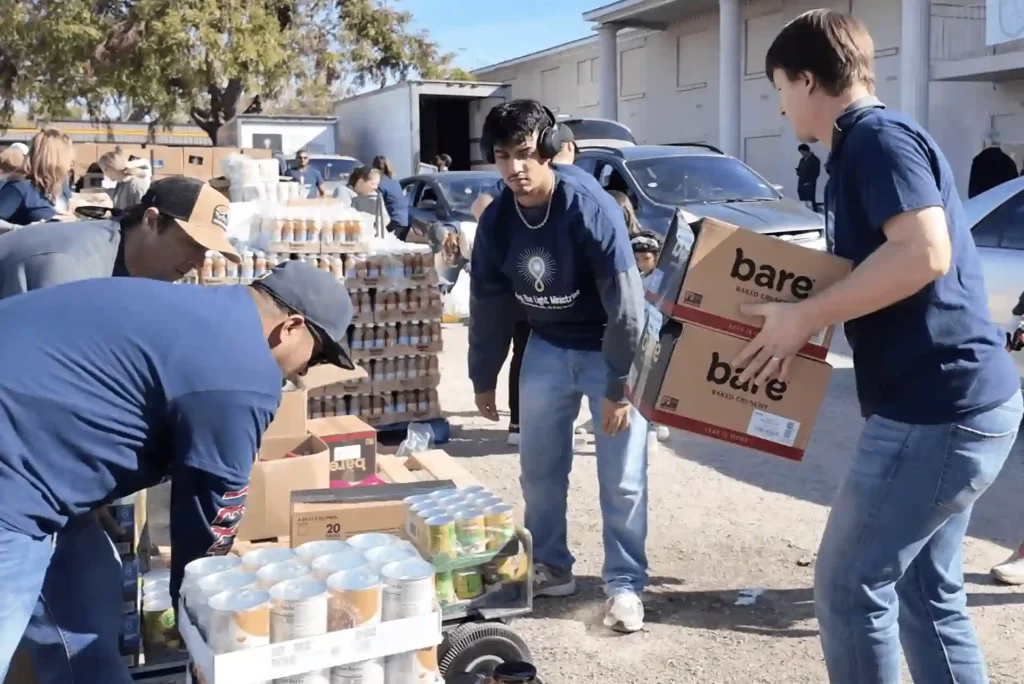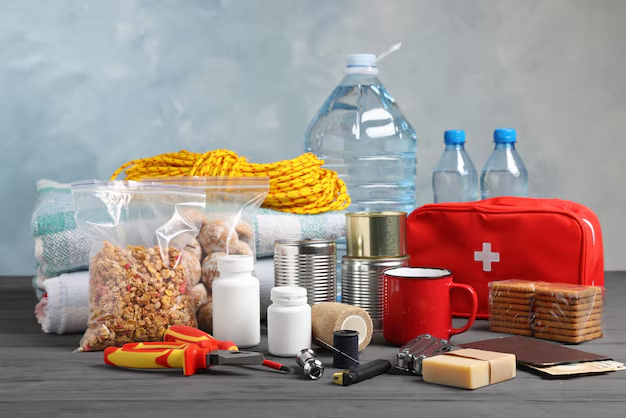Emergencies strike without warning, and when they do, emergency shelters become a critical resource for individuals and families seeking safety. Whether due to natural disasters, power outages, or civil emergencies, these shelters must be prepared to support a wide range of needs. The success of any emergency shelter hinges on the essentials it contains—supplies that not only ensure survival but also maintain a sense of dignity and calm during times of chaos.
If you’re setting up or managing an emergency shelter, here’s a comprehensive guide to the must-have supplies that will keep occupants safe, healthy, and as comfortable as possible during a crisis.
1. Food and Water Supplies
Water is the top priority. Emergency shelters should have a minimum of one gallon of water per person per day, intended for both drinking and basic hygiene. Ideally, shelters should stock enough for at least three days, though a week is preferable for longer-term emergencies.
Non-perishable food is the next essential. Stock items such as canned goods, protein bars, dried fruit, nuts, and instant meals that don’t require refrigeration. Don’t forget manual can openers and disposable utensils. If possible, cater to dietary restrictions with gluten-free or allergen-conscious options.
2. First Aid and Medical Supplies
Medical needs can’t be overlooked. A well-stocked first aid kit should include:
- Bandages and gauze
- Antiseptics and antibiotic ointments
- Pain relievers like ibuprofen or acetaminophen
- Thermometers and gloves
- Tweezers and scissors
- Basic cold and flu medications
Additionally, it’s crucial to have an inventory of prescription medications, especially for individuals with chronic conditions such as diabetes or asthma. Keep an emergency supply of inhalers, insulin (stored properly), and epinephrine for allergic reactions.
3. Bedding and Personal Comfort
When people arrive at a shelter, many have left their homes with little or no time to pack. Providing clean bedding and personal comfort items is critical. Stock:
- Sleeping bags or cots
- Blankets and pillows
- Towels and washcloths
- Earplugs and eye masks to improve rest in shared spaces
Keeping people warm and giving them a place to rest can reduce stress and promote emotional stability.
4. Hygiene and Sanitation Supplies
Poor hygiene can lead to illness in shelters. Ensure access to:
- Hand sanitizer and soap
- Toothbrushes and toothpaste
- Feminine hygiene products
- Diapers and wipes for infants
- Toilet paper and disposable trash bags
- Reliable restroom access, such as portable toilet rentals in Pocatello for convenient and sanitary solutions when permanent facilities are limited or unavailable
Maintaining cleanliness also upholds the dignity of shelter residents and minimizes health risks.
5. Communication and Lighting
Keeping people informed and connected is essential. Equip the shelter with:
- Battery-powered or hand-crank radios for weather and news updates
- Flashlights and lanterns with extra batteries
- Cell phone charging stations or solar chargers
- Two-way radios for shelter staff coordination
Reliable communication tools help ensure smooth operations and allow shelter occupants to reach out to loved ones when possible.
6. Safety and Security Supplies
In high-stress environments, maintaining order and safety is vital. Stock:
- Fire extinguishers and smoke detectors
- Emergency signage and exit routes
- Flashlights for night patrol or inspections
- Basic tools (e.g., multi-tools, duct tape, rope)
- ID badges or wristbands for tracking shelter occupants
Security protocols and access controls are also necessary to prevent conflicts and keep vulnerable individuals safe.
7. Mental Health and Entertainment
An emergency shelter is more than a place to sleep—it’s a temporary home. Addressing emotional needs is just as important as physical ones. Include:
- Books, puzzles, and coloring books for children
- Playing cards and board games
- Journals or notebooks
- Access to counselors or mental health resources, if possible
These small additions can significantly reduce anxiety and provide a much-needed distraction during tense situations.
8. Special Needs and Accessibility

Don’t overlook individuals with disabilities or special needs. Stock:
- Wheelchairs or mobility aids
- Braille signage or large-print information
- Hearing aids or amplifiers
- Extra care items for the elderly or medically fragile
Inclusivity ensures every individual receives appropriate care and comfort.
In Conclusion
A well-equipped emergency shelter can make a world of difference in how communities recover from disaster. By proactively stocking essential supplies, you help ensure the shelter remains a beacon of safety, hope, and resilience. Preparedness isn’t just about surviving—it’s about preserving dignity and humanity in the face of adversity.
Whether you’re involved in shelter planning or just want to stay informed, remember this: when a crisis comes knocking, being ready for anything makes all the difference.

















